If you ever get a chance to go to south Texas make sure you allocate some time for the dizzying array of leps that frequent the Lower Rio Grande Valley (LRGV). No less than 325+ species have been found which represents the biggest concentration of species in the lower 48. The wife and I ventured there last week for 4 1/2 days out of which we only got in 2 1/2 days of observing because of rain. Temps ranged from 52 to 80 during our stay. Since this was my first buttery specific trip to the LRGV we stuck to the best locations and didn’t target species at all. It was fantastic!! Butterflies were pretty much everywhere. We ran into fellow regional lepster Billy Weber at Resaca De La Palma. He had driven all the way down from PA. It was great to catch up with him and put a face on the other end of butterfly Listserv postings. We also ran into Jim Brock (Kaufman North American field guide) and spent some time butterflying with him and the small group that was travleing together with him. In our 2 1/2 days we ended up with 80 species and I added 44 to my life list. The size, shape and variety is astounding. Sizes ranging from the Western Pygmy-Blue to the large Heliconians. We can’t wait to go back again. Butterflies are year round in the valley but the best butterfying is from late September until early December. I’ll refrain from the lifer list as most will be posted below in the extensive photo section. The rarest sighting of the trip was a stray Common Bluevent at Estero Llano Grande State Park. Species are presented mostly in the chroncological order that they were seen. Hovering over an image will show the species:site # where seen matching one of the sites listed below.
Butterflies from a previous south Texas birding trip can be found at:
Previous Rio Grande trip
You can see Rick Borchelt’s excellent travel witeup to the area in Aug, 2013 at:
Rick Borchelt 2013 Lover Rio Grande Valley trip
Sites: 1) Quinta Mazatlan 2) Falcon Dam State Park 3) National Butterfly Center (Mission,TX) 4) Bentsen State Park 5) Old Hidalgo Pumphouse 6) Resaca De La Palma State Park 7) Sabal Palm Audubon Sanctuary 8) Estero Llano Grande State Park
Click on any image below to enlarge
 |
 |
 |
 |
 |
 |
 |
 |
 |
 |
 |
 |
 |
 |
 |
 |
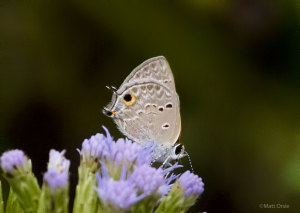 |
 |
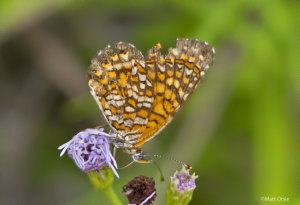 |
 |
 |
 |
 |
 |
 |
 |
 |
 |
 |
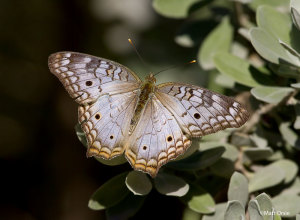 |
 |
 |
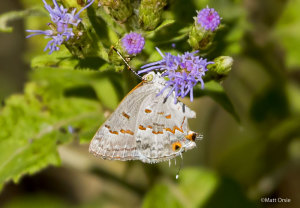 |
 |
 |
 |
 |
 |
 |
 |
 |
 |
 |
 |
 |
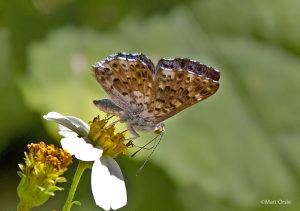 |
 |
 |
 |
 |
 |
 |
 |
 |
 |
 |

Fabulous photos, Matt. So much better than the illustrations in the Kaufman Guide.
Interesting how several of the butterflies such as the Western Pygmy Blue and the funeral Duskywing have fringed hind wings. The Metalmarks are stunning. The White Peacock doesn’t have much color but looks so elegant. Interesting too that the Queens and Soldiers males appear to have the same scent gland that Monarchs do.
Do you know what the blue flowers are that seem to be an outstanding nectar source for many of your subjects? They look like Blue Mist flower which is my favorite Monarch host plant.
Bruni,
I do believe the blue flowers are “Blue Mist”. It and Lantana were the favorites overall.
I believe the flowering nector source often used in the LRGV is Crucita or “Blue Mistflower”